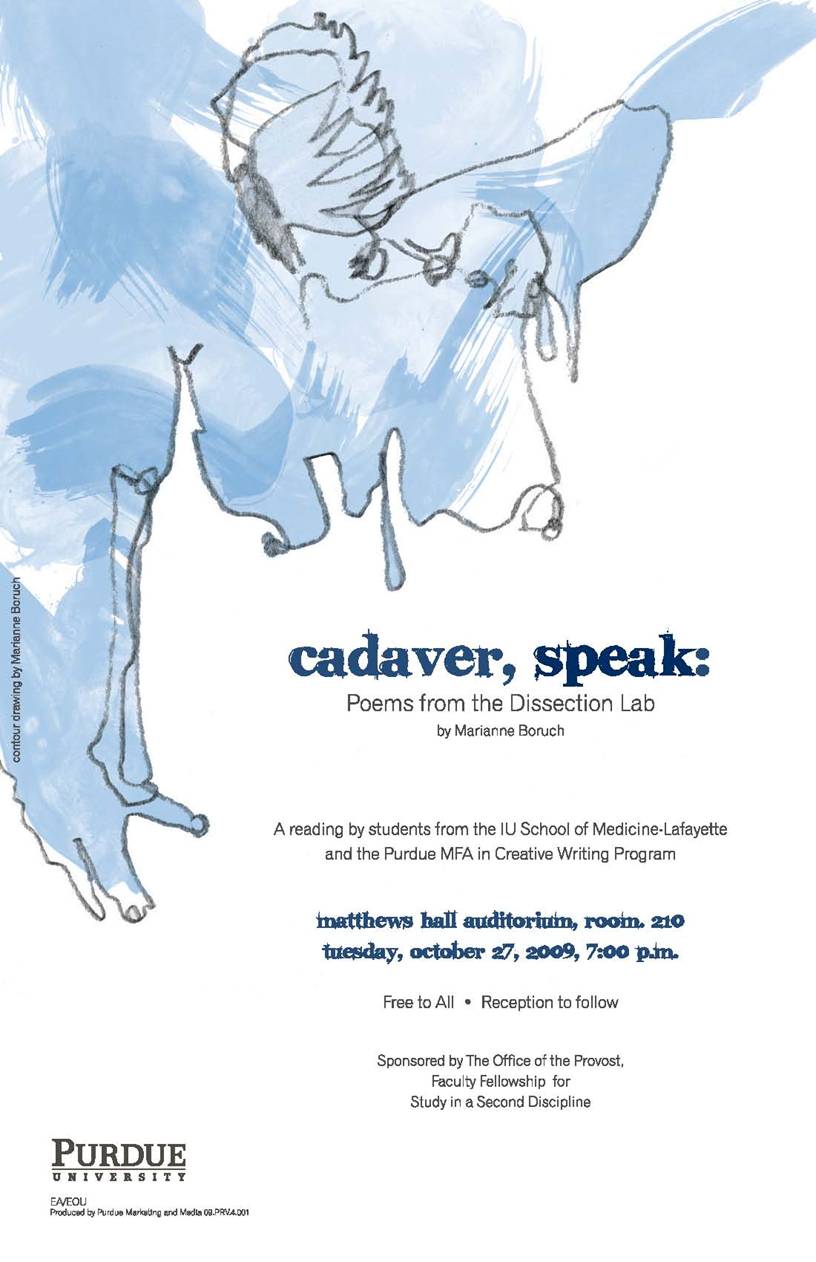UHP399 | Gardens & Machines | Fall 2009
Assignment: 2 + 1 Artworks
Below are the notes we generated during our in-class discussion examining our personal criteria and assumptions used to discern art that we like and don’t like.
List of criteria for “like”
Personal significance: visual, emotional,
Purpose or point to art work
Positive – connected to identity
Work inspired questions
“drew you in”
medium not relevant, but what was going on in the art work
consideration of nature through multiple perspectives
balance between nature and technology
representations of reality or uncanny (twisted take) remembrances
Criteria for “dislike”
Dislike occurred within a medium; reason for like was also basis for dislike
Mysterious something is missing
Amount of perceived effort into production of artwork
Not complex at first glance
Motivation or intent matters and can change original assessment
Some General Observations:
Knowledge shapes opinion
Social factors like class shape opionion
Personal experiences/preference
Important terms or concepts:
uncanny (Freud…)
aura (Walter Benjamin)
beauty (Kant…)
sublime
QUESTIONS:
Why do people initially think painting is visual art?
How does your exposure to art affect what you consider to be good art?
How does the emotion in a piece of art influence perception?
Does someone’s understanding influence their enjoyment?
How has time influenced what people consider to be good art?
Does skill really matter? concept vs. skill/labor
Why does context matter?
Why is one person famous, another is not?
Has anybody seen modern dance? What are common assumptions about what art is?
Why do we like certain things and not others? What is this ‘inner something’ that draws one to works of art?
Can you every truly objectify art? Is art is inherently subjective?
Is it possible to prioritize skill over intention or history?
Does the perception of being able to make or recreate a piece of art affect our appreciation of it?
